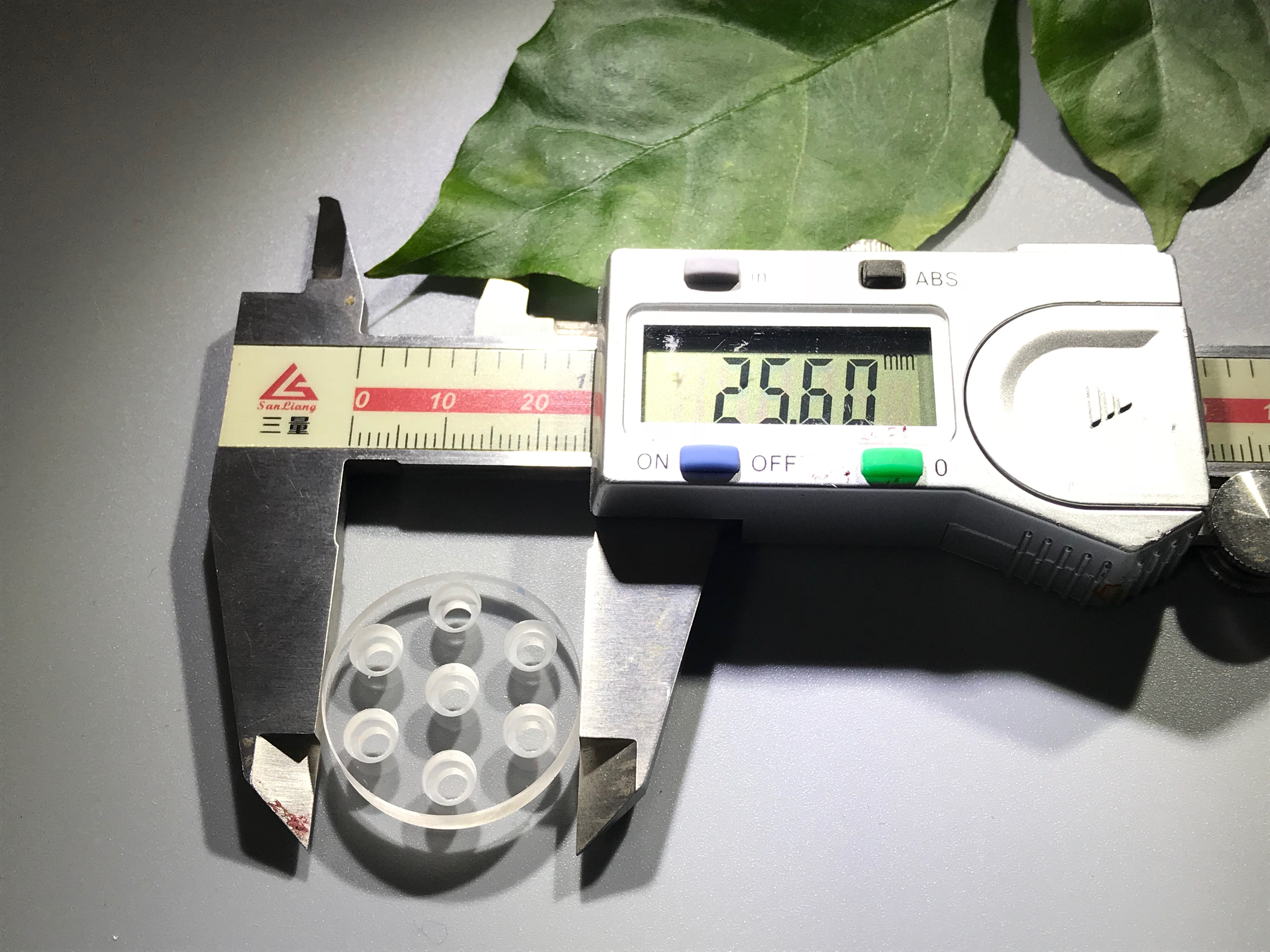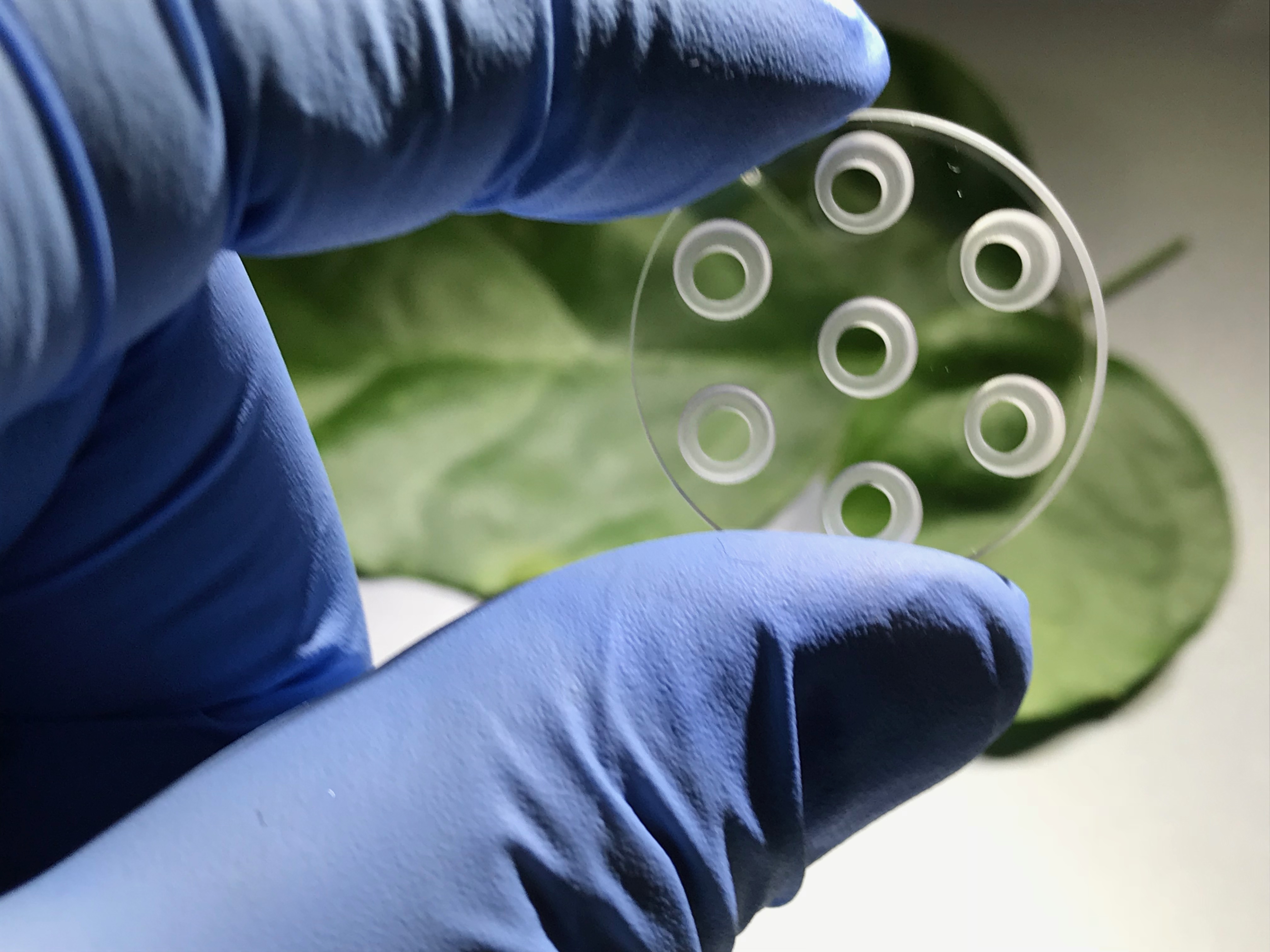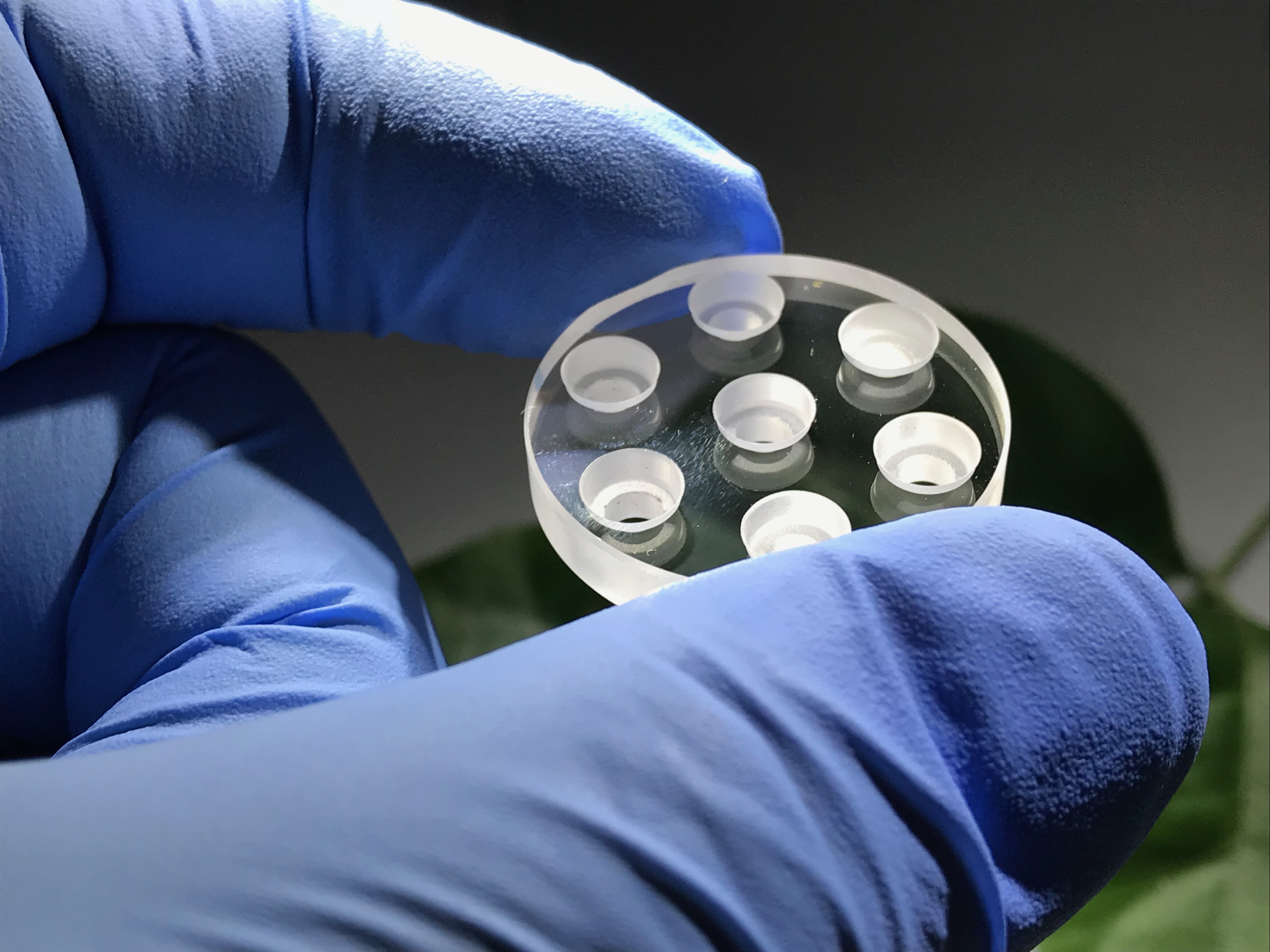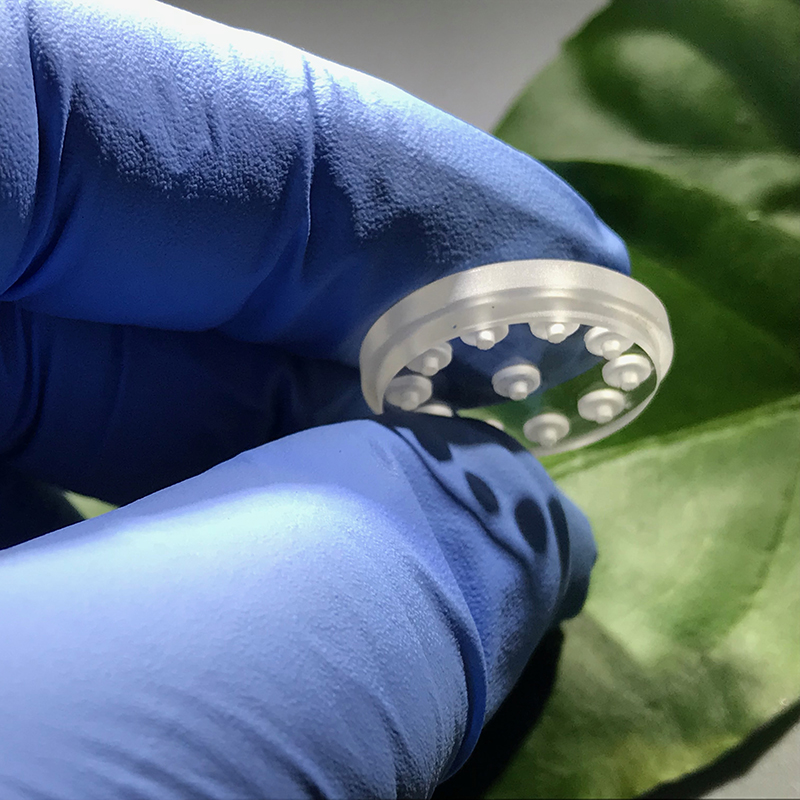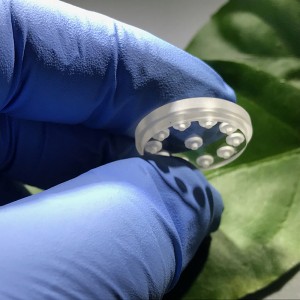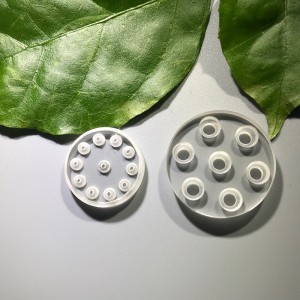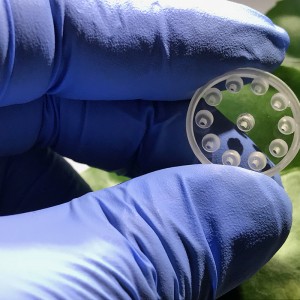Step Holes Dia25.4×2.0mmt Sapphire optical lens windows
Detailed Information
The chemical properties of sapphire are very stable and are not corroded by acids and alkalis. The hardness of sapphire is very high, with a Mohs hardness of 9, second only to the hardest diamond. It has good light transmission, thermal conductivity and electrical insulation, good mechanical and mechanical properties, and has the characteristics of wear resistance and wind erosion resistance. The maximum operating temperature is 1900℃.
Because the high-quality artificial sapphire crystal material has good light transmittance in the 170nm ~ 6000 nm band, the infrared transmittance almost does not change with the temperature, so the optical components and infrared transmittance optical Windows made of high-quality artificial sapphire are made of high quality artificial sapphire. It has been fully used in military night vision infrared equipment, low temperature laboratory observation port, high precision instruments for navigation, aerospace and other fields.
Characteristics and application of sapphire
1, Sapphire with its best comprehensive performance, become the most widely used oxide substrate materials (substrate materials)
2, Optical components, watch mirror, optical window, detection window and its application
3, Sapphire fiber sensor and its application
4, Doped sapphire single crystal thermal (light) luminescence material and its application
Specification
|
Sapphire specifications |
|
| Chemical formula | Al2O3 |
| Crystal structure | Hexagonal system |
| Lattice constant | a=b=0.4758nm,c=1.2991nm α=β=90°,γ=120° |
| Space group | R3c |
| Number of molecules in a unit cell | 2 |
|
Optical property |
|
| Transmission band(μm) | 0.14-6(Between 0.3-5 range T≈80%) |
| dn/dt(/K @633nm) | 13x10-6 |
| Refractive index | n0=1.768 ne=1.760 |
| Absorption coefficient α | 3μm—0.0006 4μm—0.055 5μm—0.92 |
| Refraction coefficient n | 3μm—1.713 4μm—1.677 5μm—1.627 |
Detailed Diagram
